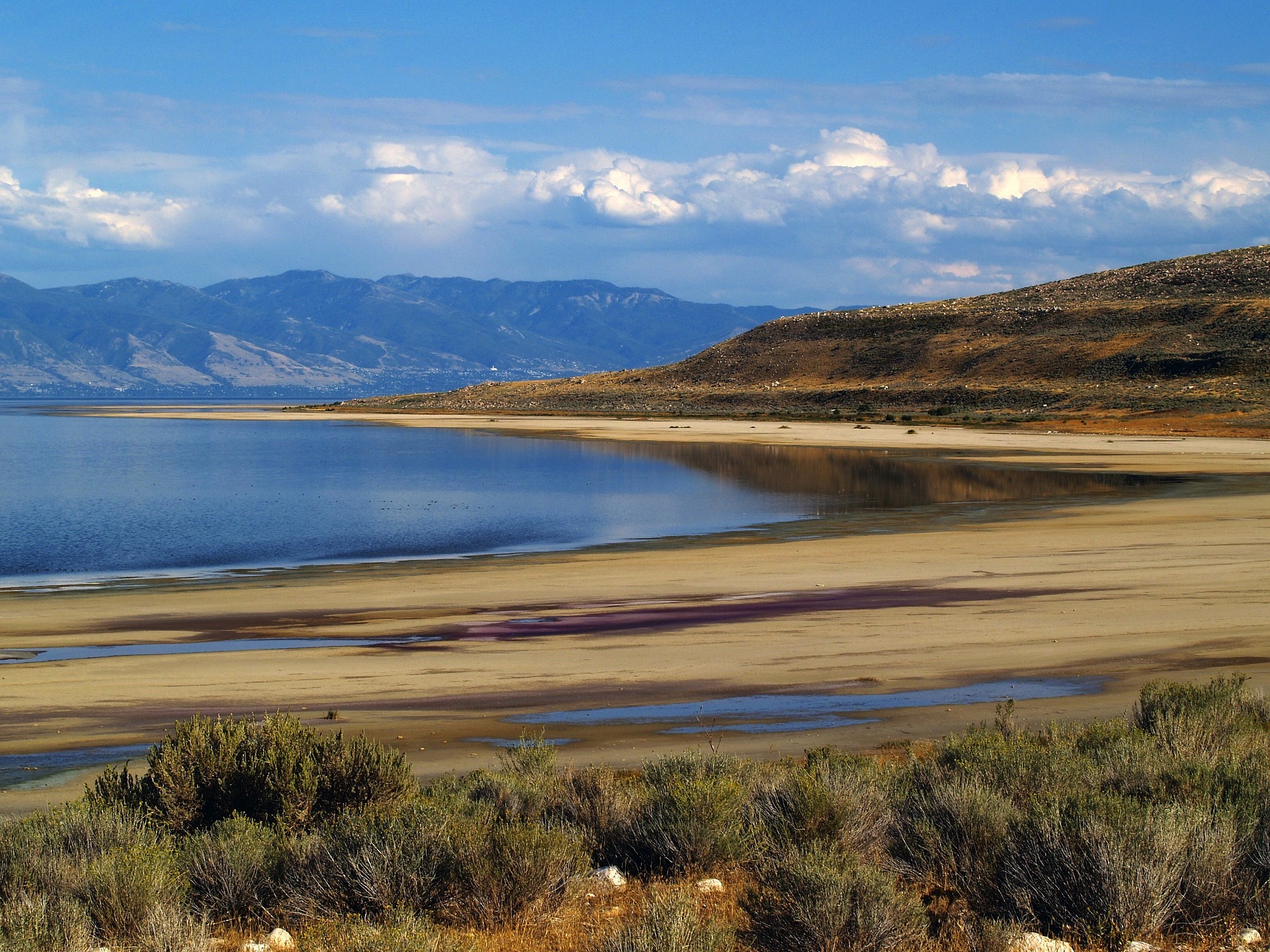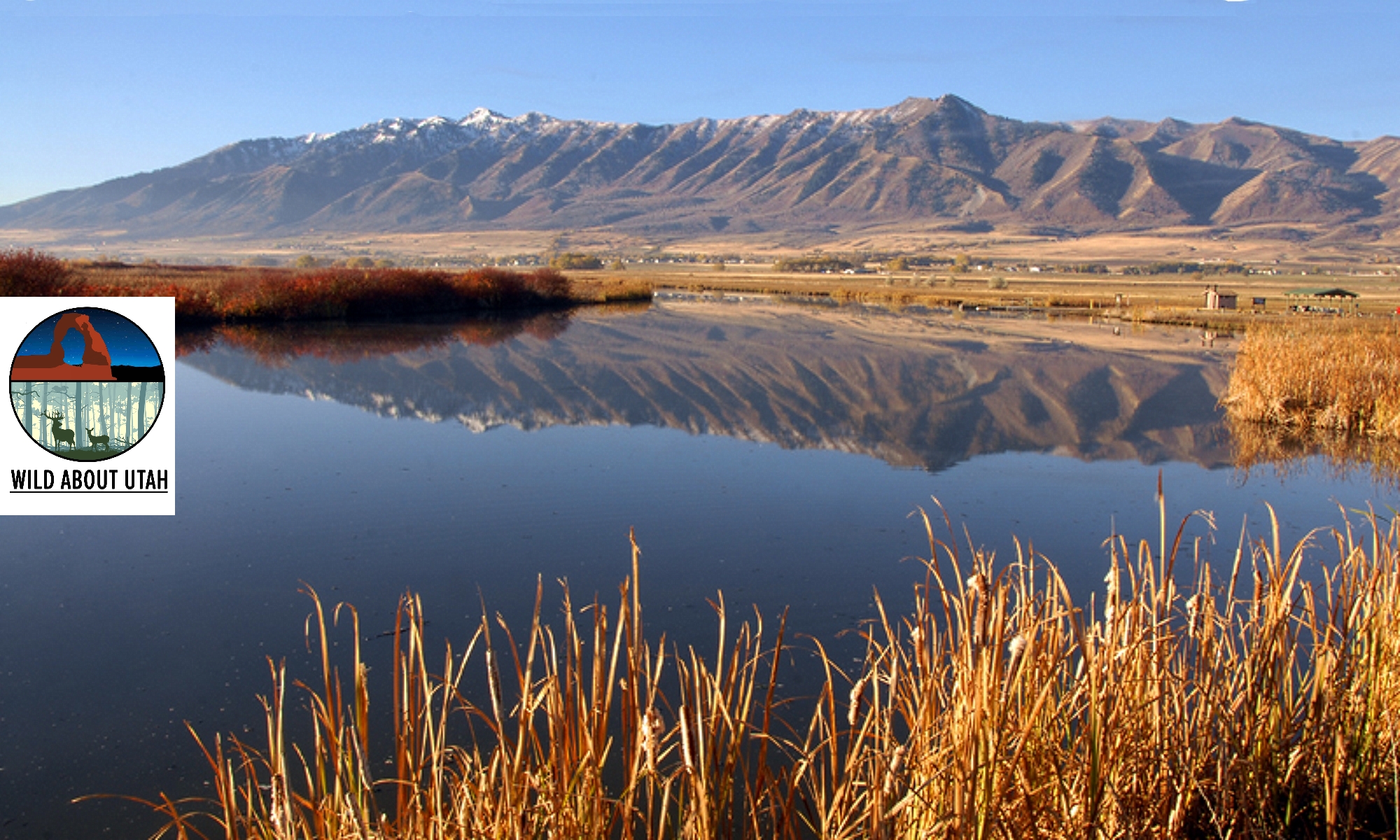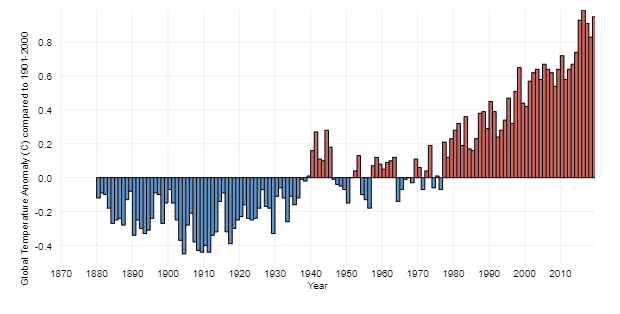
Courtesy Pixabay, David Mark, Contributor
Having attended the USU Spring Runoff Conference, and the Northern Utah Water conference last week, driving streets which have become snow tunnels, an epic year of snowfall is all too apparent, possibly eclipsing the ‘011 epic year.
The Great Salt Lake welcomes every drop, while our cities brace for potential floods, a repeat of ’83 when Salt Lake City’s State Street became a favorite kayak route and trout fishery! Soil moisture is being replenished which is far more favorable to aquafer recharge and agriculture. Some reservoirs are even releasing water to prevent catastrophic overflow. We find ourselves filling sandbags anticipating the worst.
Atmospheric rivers, “giant conveyor belts of water in the sky”, cause the moisture-rich “Pineapple Express” storm systems that come from the Pacific Ocean, especially Hawaii, several times annually and are more common in the winter. From October 2018 to spring 2019, there were 47 atmospheric rivers, 12 of which were rated strong or extreme, in Washington, Oregon and California. In some parts of the world, changes in atmospheric humidity and heat caused by climate change are expected to increase the intensity and frequency of extreme weather and flood events caused by atmospheric rivers. This is expected to be especially prominent in the Western United States and Canada.
Atmospheric rivers have a central role in the global water cycle. On any given day, atmospheric rivers account for over 90% of the north-south water vapor transport. They are a major factor in extreme precipitation events that cause severe flooding in many mid-latitude, westerly coastal regions of the world. Equally, the absence of atmospheric rivers has been linked to the occurrence of droughts in several parts of the world.
Our Great Salt Lake has risen about 1 1/2 feet since it’s 2022 historic low. The LDS church is donating 20 thousand acre feet, about 0.3 % of what’s needed. They are hoping others will follow suite. Another 7 million acre feet of water is needed to create the once thriving salt lake ecosystem according to The Great Salt Lake Strike Team, a combination of two Utah research universities and three Utah agencies. They suggest water donations are one of the more cost-effective and efficient solutions for getting water back into the lake. Donations could help reduce this significant deficit, since human consumption accounts for about two-thirds of the lake’s decline.
Here in Cache Valley, our high school students will be competing with each other in “Saving the Great Salt Lake” to see which school can most effectively engage their schools and communities in reducing water consumption. Cash prizes will be awarded to all participating schools, along with a tree to plant on their school grounds or another public space. Contact jackisblue49@yahoo.com for further information.
This is Jack Greene for Bridgerland Audubon, and you guessed it-I’m wild about Utah and it’s Great Salty Lake!
Credits:
Ponderosa Pine Pictures: Courtesy Pixabay, David Mark, Contributor https://www.pixabay.com/
Audio: Courtesy & © Friend Weller, https://npr.org/ and Kevin Colver, https://wildstore.wildsanctuary.com/collections/special-collections
Text: Jack Greene, Bridgerland Audubon, https://bridgerlandaudubon.org/
Additional Reading: Lyle W Bingham, Webmaster, and Jack Greene, Author, Bridgerland Audubon, https://bridgerlandaudubon.org/
Additional Reading:
Jack Greene’s Postings on Wild About Utah, https://wildaboututah.org/author/jack/
Greene, Jack, The Great Salt Lake, Wild About Utah, April 11, 2016, https://wildaboututah.org/great-salt-lake/
Greene, Jack. 2020. I Love Snow. Wild About Utah, https://wildaboututah.org/i-love-snow/
Larese-Casanova, Mark. 2014. Utah’s Rich Skiing History. Wild About Utah, https://wildaboututah.org/utahs-rich-skiing-history/
Liberatore, Andrea. 2011. Snowflakes. Wild About Utah, https://wildaboututah.org/snowflakes/
Strand, Holly. 2009. A Utah Skier’s Snow Lexicon. Wild About Utah, https://wildaboututah.org/a-utah-skiers-snow-lexicon/



